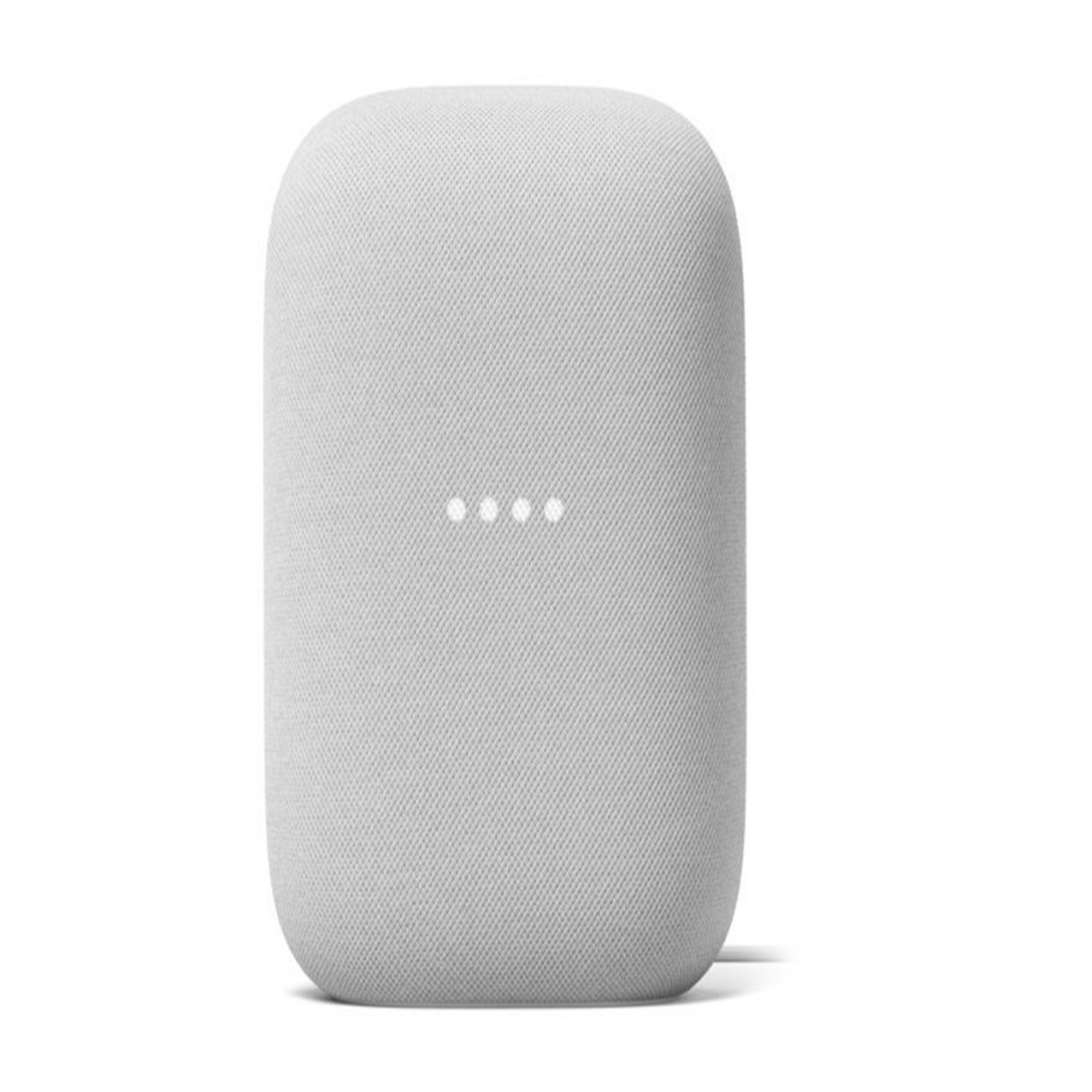
Google Nest
Google Nest Audio Smart Speaker
Google Nest Audio Smart Speaker
Lg 54
Lg 54
hafeez centre
Lahore 54000
Pakistan
- Orignal Authentic products only
- prepaid payments via bank transfers
- 7 days return policy in case of any fault in product
- Feel Free to reach us out for your queries
- precise address saves allot of rider's time
- For seamless service kindly share your order's screenshot on number mentioned below.
Important note
Orders with a value greater than PKR 25,000 will only be processed upon receipt of a 10% advance payment.
Feel Free to ask for real time product video before sending any advance payment
🔊 Google Nest Audio Smart Speaker
Powerful Sound with Hands-Free Google Assistant
The Google Nest Audio Smart Speaker delivers rich, room-filling sound combined with the intelligence of Google Assistant, making it the perfect addition to any modern home or office. With its sleek design and smart features, Nest Audio lets you control music, manage daily tasks, and control smart home devices using just your voice.
✅ Key Features & Benefits
🎶 Rich & Clear Audio Performance
Produces balanced bass, crisp vocals, and clear highs—ideal for music, podcasts, and calls.
🎙️ Built-in Google Assistant
Get hands-free help with voice commands to play music, check the weather, set reminders, and more.
🏠 Smart Home Control Hub
Control compatible smart lights, plugs, TVs, and other devices with simple voice commands.
📡 Wi-Fi & Bluetooth Connectivity
Stream music wirelessly from popular apps or pair your phone via Bluetooth.
🔊 Multi-Room Audio Support
Link multiple Google speakers for synchronized audio throughout your home or office.
🎨 Modern & Minimal Design
Stylish fabric finish blends seamlessly with any interior décor.
🔐 Privacy-Focused Controls
Physical microphone switch lets you easily turn the mic off when desired.
🎯 Ideal For
🏠 Smart Homes
🎵 Music & Entertainment
📺 Hands-Free TV Control
🗓️ Daily Reminders & Alerts
💼 Office & Workspace Use
📈 Why Choose Google Nest Audio?
The Google Nest Audio Smart Speaker combines premium sound quality, intelligent voice control, and seamless smart home integration in one compact device. Whether you're listening to music, managing your schedule, or controlling connected devices, Nest Audio enhances everyday convenience.